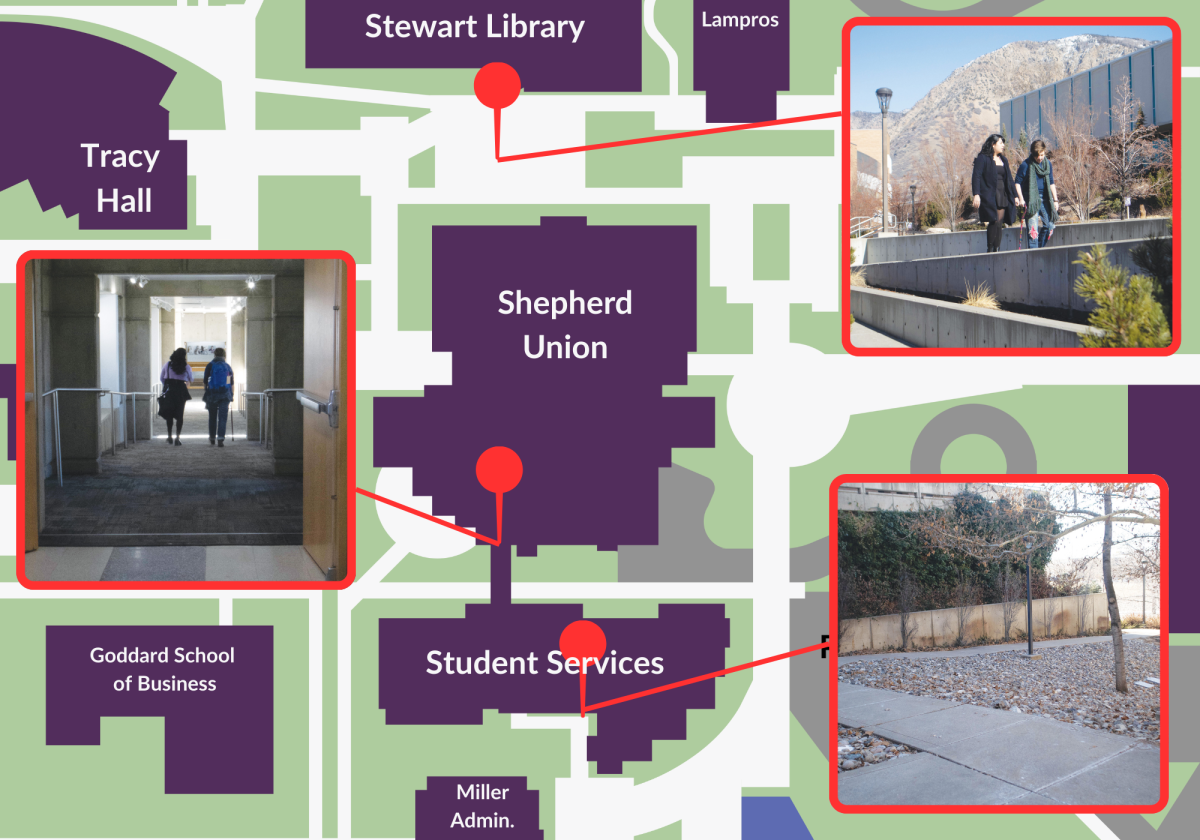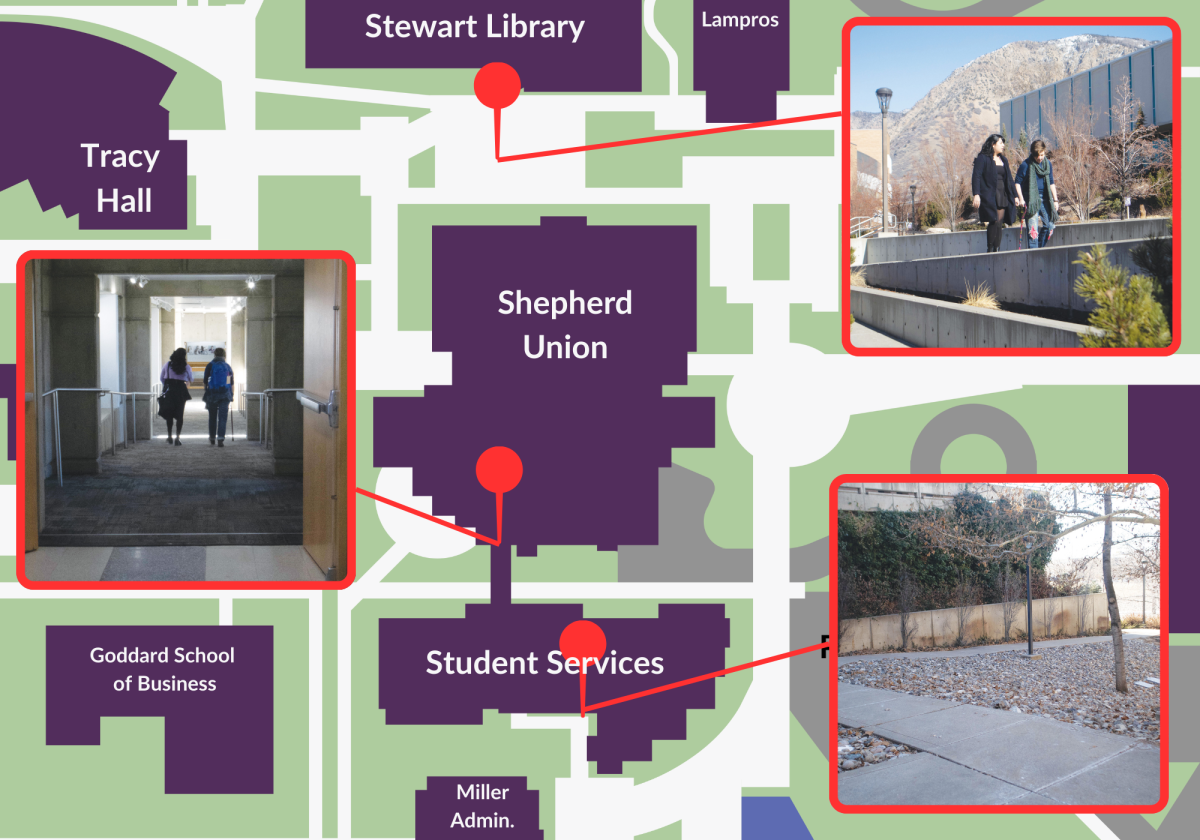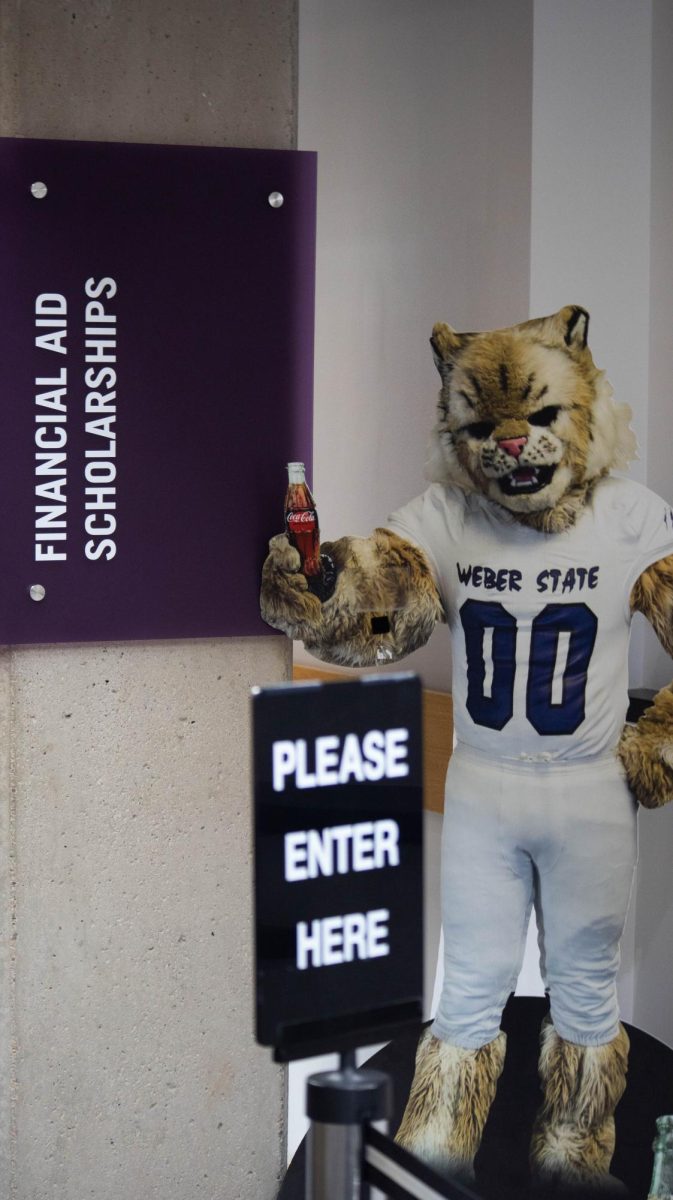Weber State University’s Jake Hutchins, director of alternative breaks in WSU’s Service Team, has brought a new viral internet challenge to campus, which is focused on drawing attention to the issue of
human trafficking.
At least, he hopes WSU can help the challenge go viral.
Hutchins was brainstorming ways to raise funds for the Alternative Spring Breaks program in order to lower the cost of trips for students. His sister happened to mention she was reading an eye-opening book: “Slave Stealers” by Tim Ballard.
Hutchins followed his sister’s advice and read the book. He was repulsed by the horrors of human trafficking, specifically child trafficking. He did some follow-up research and found out the author is also CEO of Operation Underground Railroad.
After becoming familiar with OUR, he learned about the Push-Up
Challenge.

OUR’s challenge is trying to draw attention to the problem of human trafficking in a way that is similar to the ALS Ice Bucket challenge. The Ice Bucket challenge turned into a worldwide phenomenon and took the internet by storm after celebrities began posting videos of themselves performing the challenge.
“What if we did this at Weber State?” Hutchins said. “What if we could raise money while raising awareness?”
The OUR Push-Up Challenge has a series of rules participants must follow in order for their pushups to count, using social media to gain traction.
According to the rules, participants must perform pushups consecutively until they can no longer perform them in rhythm, about one every three seconds.
Normally, participants secure themselves a sponsor who will pay per pushup. Hutchins saw the challenge and decided to run with the idea.
He asked his superiors if he could contact local businesses to donate money to alternative breaks if WSU students were able to reach a pushup goal. He then called OUR, and they were thrilled their awareness challenge was getting
some attention.
“They are even thinking about having Ballard do a video clip for Weber State,” Hutchins said.
Hutchins, with advisement of those around him, decided WSU would commit to doing 100,000 pushups in the span of one week from Jan. 28 to Feb. 1.
“I was a little iffy if we could reach it, but I met with the president of the university and he was behind it and said to get athletics involved. They committed to 50,000 of the pushups,” Hutchins said.
Hutchins noted that many local business have been generous and agreed to donate if/when WSU reaches it’s goal. Some businesses even donated outright.
“If we only get to a percentage of our goal, they pledged to match the same percent of their donation,” Hutchins said.
The pushup challenge relies mainly on social media to get the word out. The idea is that a participant will video themselves doing pushups use the hashtags #OURpushupchallenge and #WSUpushupchallenge. Then they can challenge another WSU student, staff or faculty member by tagging them.
There is no limit to how many videos participants are allowed to submit; in fact, Hutchins plans on doing 1,000 of the 100,000 pushups in the week by submitting three videos per day. The Service Team in WSUSA has pledged to do 30 pushups per day, per member, totaling 3,150.
If participants cannot do pushups, they can still submit a story about how they “pushed up” someone’s day, which will also count toward the goal. If a participant would like to contribute but does not have social media, he or she may send in their videos or stories to the Alternative Breaks Email at wsu.alternativespringbreaks@gmail.com.


















